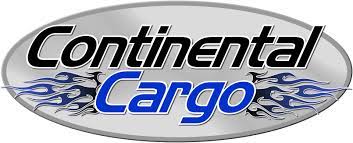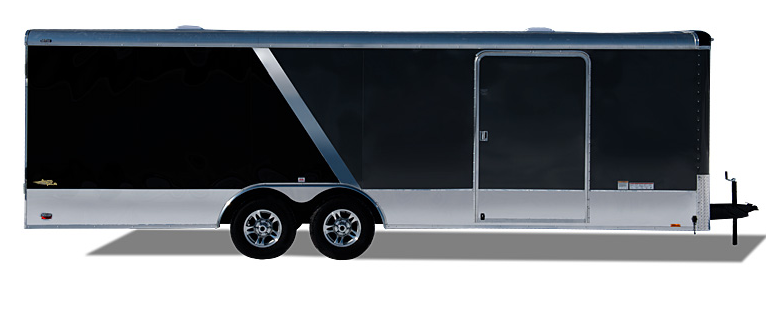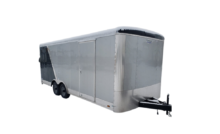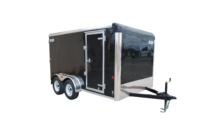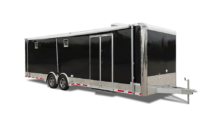NOTE:
It is important that you read and follow the checklist below prior to using your Car-Tow Dolly.
- Check that all lug nuts are securely tightened and tightened if necessary (manufacturer’s recommended tightness – 90 lb-ft torque). Retorque lug nuts every 50 miles for the first 200 miles of use.
- Check that the hub and bearings are properly adjusted and lubricated.
- Check for proper tire pressure and inflate if necessary (recommended pressure is on the sidewall of the tire).
NOTE:
Since tow dollies are not built with a suspension, they are intended to be towed loaded so that the vehicle-in-tow’s suspension will absorb the road shock and vibration encountered by the tow dolly. If you find it necessary to tow your dolly unloaded, it is recommended that the tires’ air pressure be reduced to around 10 PSI to reduce tow dolly bounce and vibration. Failure to do so will result in premature fatigue in fender and ramp areas.
- Check that the nuts securing fenders are tight.
- Check that the nuts and bolts securing the tongue and tongue support bars are properly tightened. (Proper tightness of support bar nuts and bolts is achieved when loading ramps stay in an upright position when tilt pin is removed.) Tighten the front nut and bolt going through the tongue securing support bars at the front and the nut and bolt at the rear of each bar attaching it to the axle as necessary. To lower loading ramps, simply step onto the rear of the ramps and both will lower to the ground.
- Check that the large nut on the underside center of the axle has at least 2 to 3 threads of bolt showing below the nut. (This is a nylon insert lock nut that allows adjustment of the carrying pan swivel tightness. Proper pan bolt and nut tightness is achieved when the carrying pan can be swiveled by hand with moderate resistance. If the carrying pan bolt and nut are too loose, the carrying pan will rattle and swivel back and forth on its own when towing empty.)


